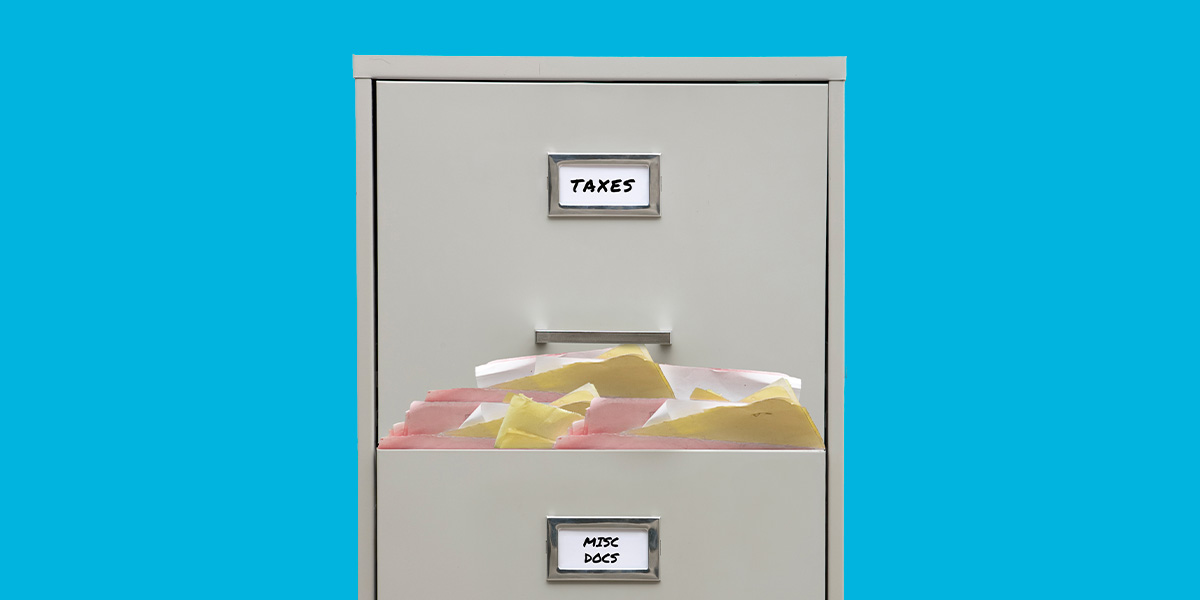-
Personal Banking -
Insights
Certificate of Deposit (CD) Strategies to Consider
A CD strategy is a purposeful plan for purchasing Certificates of Deposit (CD), a type of bank account that offers guaranteed returns for timed deposits that are available with varying term lengths. Usually, the longer the term of the CD, the higher the interest rate it pays out at maturity. The tradeoff is that your money will earn more in longer-term CDs but you'll have to wait longer before you can access your funds.
While CDs are common for personal finances, they can also be an option for businesses looking to earn interest on cash reserves.
Typically, CD strategies involve opening multiple CDs to take advantage of different term lengths and interest rates, with the goal of maximizing returns.
The strategy you choose will depend on your specific goals for investing in CDs.
The CD "ladder" is the most common strategy for investing in CDs, followed by the CD "barbell" and the CD "bullet." Below, we'll outline how each of these strategies work and when you might choose them.
1. CD Ladder
A ladder approach involves purchasing multiple CDs with staggered maturity dates.
A typical ladder strategy might be to purchase three CDs simultaneously, but with maturity dates of one year, two years and three years. Twelve months later, the one-year CD would mature, and you would cash it out or redeposit it into a three-year CD.
When the two-year CD matures the following year, you could cash it out or redeposit it into a three-year CD. In the third year, you could do the same with your original three-year CD. The next year, your second three-year CD will mature, and so on. You can set it up so that each year, you have another three-year (or four- or five-year) CD maturing.
If you like the idea of the ladder strategy, but you don't want to wait a year or more for each one to reach maturity, consider a mini-ladder. This is the same basic strategy but using shorter-term CDs, such as three months, six months and nine months.
When to Use a CD Ladder Approach
A CD ladder can be a good strategy when you want to access your funds on a dependable schedule but also benefit from the higher interest rates offered with longer-term CDs.
If a person isn't comfortable with putting a large sum of money into an account that won't mature for three years, they can split it up and stagger their deposits. That way, they can grow their funds while also having access to the money on a periodic basis.
2. CD Barbell
A CD barbell strategy involves purchasing a long-term CD and a short-term CD while you wait for interest rates to increase.
For example, if you split your deposit equally between a one-year CD and a three-year CD, you'll have access to half your money plus interest in just one year. You can cash it out or put the funds in a longer-term CD if interest rates have reached the level you want. If rates haven't improved, you can place the funds in a short-term CD again and reevaluate in a year.
When to Use the Barbell Method
The barbell strategy is typically used when interest rates are low or might increase very soon. Rather than locking in a low rate on your entire deposit, you keep some money in a shorter-term CD so that you might be able to deposit it at a higher rate when rates rise.
If rates drop however, the barbell method can be risky. That's because when your short-term CD matures, you may not have an option to reinvest it at the same rate or a higher rate.
3. CD Bullet
The CD bullet strategy involves making deposits in several CDs over several months and years, all with the same maturity date.
For example, you might purchase a four-year CD now, a three-year CD next year, a two-year CD a year later, and a one-year CD the year after that. The following year, you'll have a one-year, two-year, three-year and four-year CD all maturing at the same time, so you can cash in on all the interest at the same time.
When to Use the Bullet Approach
The bullet strategy might be ideal if you're using CDs to save for a future big goal or large purchase, such as buying a home or paying for a wedding.
As you save toward your goal, you would purchase a long-term CD once you accumulate a certain amount of savings. You'd then continue saving money in a high-yield savings account, and purchase another CD with the same maturity date as the first when you accumulate another lump sum. Keep saving and, when you have another chunk of money, open another CD that matures around the same time as the other two.
Continue repeating the process until your CDs reach maturity, and you can cash them all out around the same time to cover your large purchase.
Be Aware of CD Penalties
When selecting your CD investing strategy, be sure to consider the fees associated with early withdrawal. Because a CD is a timed bank deposit account, there are typically penalties associated when you withdraw the funds before the maturity date. This is because a CD is not intended to be liquid, or able to be used as cash at any moment before they reach maturity.
For example, if you withdraw funds from a CD before its maturity date, you may have to pay early withdrawal fees or pay back a portion of your interest earnings on the account. If there's a possibility you may need access to your funds sooner, opt for a shorter-term CD or another savings account, rather than a long-term CD.
Early CD withdrawal penalties can vary by institution, so understanding the terms of your CD is important.
Understand FDIC Insurance
If your CD is housed at a financial institution covered by the Federal Deposit Insurance Corporation (FDIC), it is insured, like all deposit accounts, up to $250,000 per depositor, per FDIC-insured bank, per ownership category.
To learn more, visit the FDIC website for a complete overview of limits.
Is it Time to Try a CD Strategy?
After you've developed your own CD strategy and figured out the right term length and interest rates to meet your goals, you may be ready to open your CD account and start maximizing your savings.
Speaking with a wealth planner is a great way to discover what CD strategies could work with your financial goals.
Explore your options today by taking a look at the CD options from City National Bank.
This article is for general information and education only. It is provided as a courtesy to the clients and friends of City National Bank (City National). City National does not warrant that it is accurate or complete. Opinions expressed and estimates or projections given are those of the authors or persons quoted as of the date of the article with no obligation to update or notify of inaccuracy or change. This article may not be reproduced, distributed or further published by any person without the written consent of City National. Please cite source when quoting.
Additional Terms and Agreements apply. For more information, please see the Disclosure and Agreement at cnb.com/agreements.





